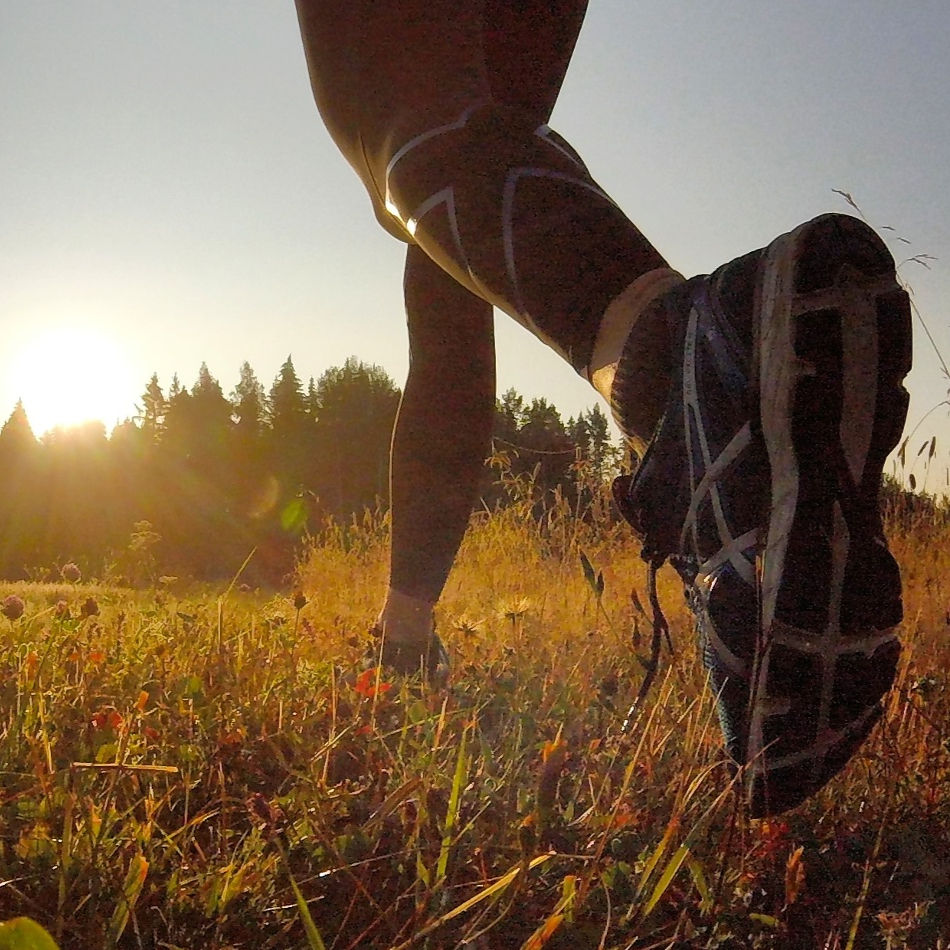Uncovering the Truth: My Journey of Dispelling Strength Training Myths for Pilates Practitioners
- Elena Zwetsloot

- Jan 26
- 3 min read

As a Pilates practitioner, I vividly remember that first day in the studio. The graceful movements and deep mind-body connection captivated me. However as I dove deeper into my practice, I encountered several myths about strength training. These misunderstandings not only confused me but also prevented many from enhancing their fitness. This journey helped me strengthen my body and empowered others to overcome these common misconceptions.
Myth 1: Strength Training Makes You Bulky
Many Pilates practitioners avoid strength training, fearing they will become bulky. This myth stems from a misunderstanding of how our bodies respond to different exercises. In reality, strength training helps enhance muscle tone without significantly increasing muscle size.
For instance, a study by the National Institute of Health found that combining strength training with Pilates resulted in an average improvement of 12% in muscle tone and endurance. Many individuals in the Pilates community sport lean, defined physiques, showing how effective combining both approaches can be. By incorporating just two to three weekly strength training sessions into your routine, you can achieve a sculpted look while improving your overall fitness.
Myth 2: Pilates is Enough for Strength
While Pilates excels in building core strength, flexibility, and balance, it may not provide adequate overall strength training. Pilates primarily targets specific muscle groups, which might lead to underdeveloped areas if not complemented with resistance training.
For example, adding exercises like squats and deadlifts can develop the legs and back while enhancing your Pilates practice. Research indicates that cross-training with resistance exercises can improve performance across all activities by up to 25%. This rounded approach will enhance your skills and minimize your risk of injury.
Myth 3: You Need Heavy Weights to Get Strong
Another common myth is the necessity for heavy weights to build strength. The reality is that using lighter weights with the right technique and higher repetitions can be just as effective, especially for those who love Pilates.
Research shows that bodyweight exercises, resistance bands, and lighter weights can promote endurance and functional strength. For example, performing 15-20 repetitions of a bodyweight squat can effectively strengthen your legs. This method complements Pilates’ elegance while preserving your graceful form.
Myth 4: Strength Training Hurts Flexibility
Many believe that strength training will limit flexibility, a crucial part of Pilates. Contrary to this belief, studies indicate that strength training can actually enhance flexibility by increasing the range of motion around joints.
Incorporating both strength training and Pilates can create a balanced routine. For instance, a study showed that individuals who engaged in both types of training improved their flexibility by an average of 10%. This balance allows your body to reap the full benefits of each discipline.
Myth 5: You Should Train Your Abs Every Day
Pilates enthusiasts often focus heavily on core strength, leading to the belief that abs should be trained every day. However, like any muscle group, your core needs time to recover to become stronger.
Engaging in a balanced routine that emphasizes strength training across various muscle groups will allow your core to strengthen fully without the risk of overtraining. For instance, integrating a core routine that alternates between oblique twists, planks, and side stretches two to three times a week can be very effective.
Embracing a New Fitness Perspective
My journey of dispelling strength training myths has been eye-opening. Combining strength training with Pilates has led to improvements in my performance, form, and overall confidence.
If you are a Pilates enthusiast, I encourage you to challenge these myths and explore strength training. Discovering a new strength and resilience can unlock your full potential. By embracing versatility in your workouts, you can create a more balanced and fulfilling fitness experience. So, take that step outside your comfort zone!



Comments